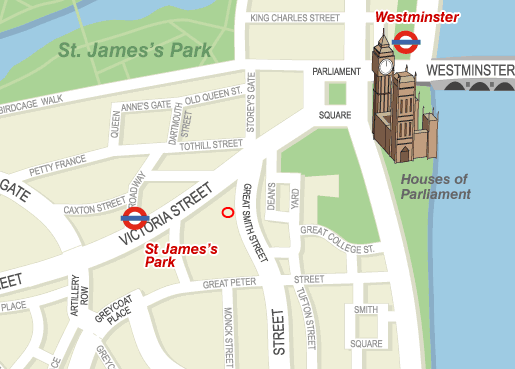Bath Time
(continuing ... David's adventures in London, many years ago ...)
In an earlier story I wrote about renting a room in London, and that although I was allowed to use the toilet in the house, there was neither bath nor shower. I suppose that I didn't even notice this at first, but of course as the days went by, it became another problem that had to be solved - how to get clean?
Here in Japan these days we are all familiar with the change in bathing customs that has taken place over the past few decades. In our grandparents' day, few houses had bathtubs, but this was no problem, because there were public facilities in every neighbourhood. Nowadays, the local sento has practically died out, and they only exist here and there as a kind of nostalgic relic.
What many Japanese people are not familiar with is that a similar thing has happened in other countries too. My parents tell me that the houses they lived in as children (in the north of England) not only had no bathtubs, but no toilets. You had to go outside and walk down the street in order to use the communal toilets. By the time of my trip to England (it was in 1971) there was probably nothing like this still left, but as it was certainly not unusual for homes to have no bathtubs, there were public baths in many districts.
What were the English public baths like? Were they divided into male/female compartments like a Japanese sento? Well, they weren't 'divided', but no, we didn't bathe together. Let me describe the baths I used while I was in London that year; I can remember them quite clearly ... The one I usually used was in Great Smith Street, just a stone's throw from the Houses of Parliament, in central Westminster.

It was a vast stone building, dating I suppose from the Victorian era. You went to a counter and bought a ticket for the particular service you needed. In my case, this was just the basic 'hot bath', including use of a towel and a small piece of soap; I never used any of the other facilities available - sweat rooms, pools, etc. You then proceeded through a door and down a hallway, accompanied by an attendant, who led you to your 'bathroom'. This was a small cubicle that contained just a bathtub, nothing else.
The first time I went to this place, I was a bit confused - the bath had no taps. Not inside the room, anyway. The taps were on the outer wall, in the hallway. The attendant started the water running, and asked me what kind of temperature I would like. He adjusted the flow depending on my request, and then, when the bath was ready - in just a few seconds, as the pipes were very large - he shut the water off and left. I closed the door ... and had my bath.
The bathroom was of course not like one in Japan - the water had to stay inside the tub. The water thus soon became soapy and grimy, but that really didn't matter much; at least you could get clean. If you wanted to wash your hair, you dipped your head into the tub, lathered up with the piece of soap, and then dipped again to 'rinse' ...
This may sound not such a pleasant bathing experience when compared with a Japanese sento, with its endless stream of hot clean water, and pleasant communal environment, but it was better than nothing!
Did I go every day? Of course not, nobody did such a thing. Once a week was perhaps the most common timetable for people to use the baths. How frequently did I go during that year in London?
Ummm ... I don't remember! :-)
Story #73, May 20 2007
Comments on this story ...

Add Your Comment ...
Japanese readers can click here to view the story on a page with a link to vocabulary assistance.
Next story: Keeping up with the Joneses »
Posted by: Mom
Dad paid 1 shilling and six pence for a bath in Praed street, but you were allowed to fill up your own bath. There was one towel, but a large brlck of soap, that hard stuff that does not lather very well. The fellow that ran it was surly and looked as if he needed a bath.
As kids we did not go to a communal bath house. A large tin bath was brought up from the cellar, placed in front of the fire and filled from the boiler attached to the fire place. Tiring work. Water was clean for the first person in, usually the youngest, one extra can of hot water for the next, and so on.
You can imagine the look of the water by the time the last person had finished. The water was then emptied into the sink, another hard job....